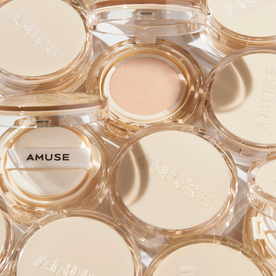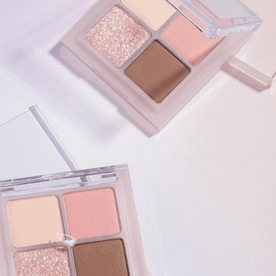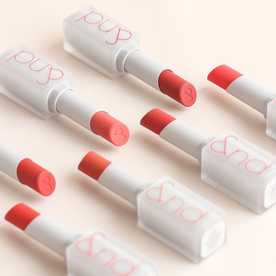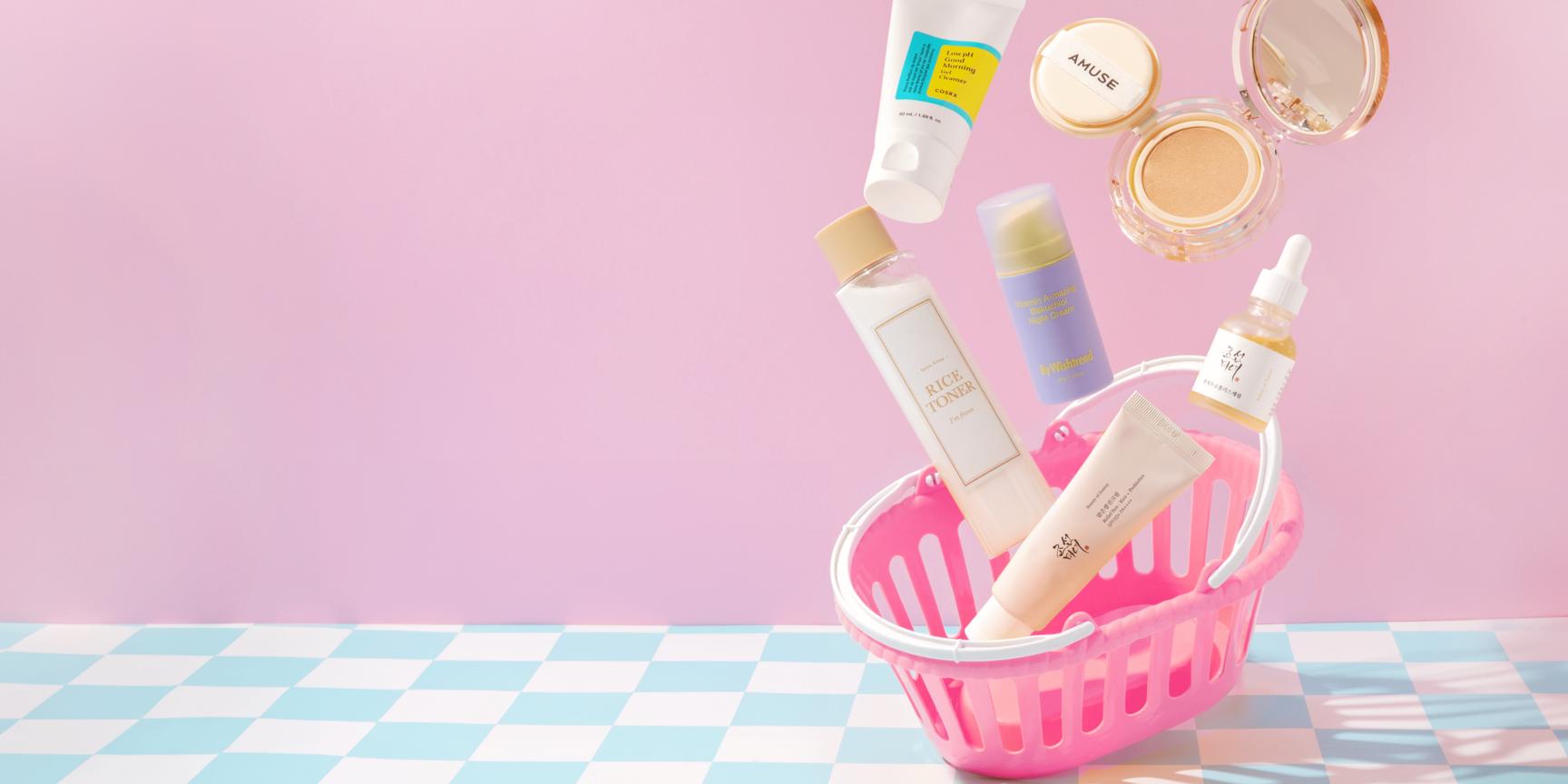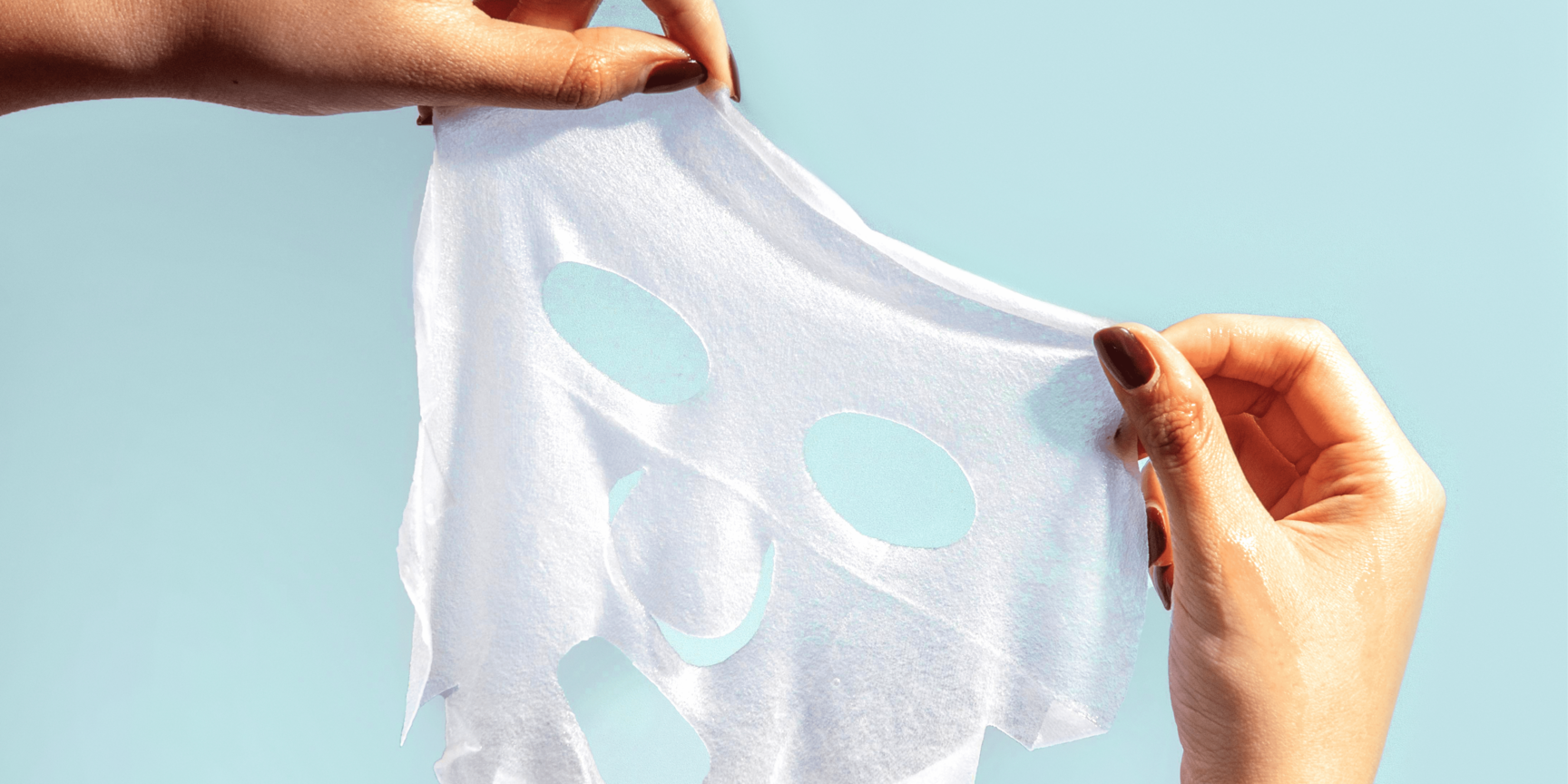Hyperpigmentation 101
At the risk of sounding like a broken record, I’m going to say it again. It is so important to wear sunscreen every day! UV rays can cause a host of issues, some of which can be incredibly serious (increased risk of skin cancer), or unpleasant (hello, sunburn), or difficult to get rid of (wrinkles).
Darkened spots and patches on your skin, also known as “hyperpigmentation”, can also be a side effect of sun exposure. And while there are a lot of products that promise “brighter skin”, and “even tone”, some are definitely more effective than others. So here’s what you need to know about hyperpigmentation, and what you can do about it!
Causes of Hyperpigmentation
The most common cause of hyperpigmentation is prolonged exposure to the sun, and is actually the result of a natural protective function of the skin. However, things like age, genetics, hormones, and certain skin concerns can also play a role.
1. Sun Damage
Whether you call them “sun spots” or “age spots”, hyperpigmentation is a common issue usually caused by exposure to UV rays. These dark spots are areas of concentrated pigment, or melanin. Your skin’s natural melanin absorbs harmful UV rays to protect it from overexposure, but this can result in darkened, though harmless, patches on the skin.
Freckles themselves are inherited so you probably won’t be able to get rid of them completely, but you can reduce the number and appearance by protecting your skin with sunscreen. The sun tends to darken already pigmented and tanned areas, so they need extra care.
2. Aging
As we age, our skin’s natural regeneration and collagen production slow down. Not only does this mean we lose firmness and moisture (meaning more wrinkles and lines), but also there is less skin turnover. Dull, pigmented skin doesn’t get replaced by new skin as often, making scars and dark spots harder to fade.
3. Melasma
Strangely, melasma (sometimes called chloasma), can be triggered by hormone changes (for example, during pregnancy). The skin may develop large, patchy, discoloured areas due to overproduction of melanin. It is much more prevalent in women than men, but the good news is, it tends to fade when hormone levels return to normal.
4. Post Inflammatory Pigmentation
This might sound like a scary condition, but it’s just a scientific name for dark spots caused by acne damage. Unlike acne scarring which often is indented or rough feeling, post inflammatory hyperpigmentation is a brownish, non-textured spot that appears when acne is healing. Inflammation due to acne can trigger the production of pigment, resulting in a dark spot where the skin was damaged. The good news is that this type of pigmentation usually fades, but without treatment, can take as long as a few years to completely disappear.
The Best Medicine is Prevention!
Wear sunscreen, all day, every day! While you may be tempted to skip the SPF on rainy or cold days, UV rays aren’t blocked by cloud cover. Sunscreen should be worn even in the winter, as the damaging rays can reflect off snow. Here are some tips to ensure you are getting adequate protection:
- Choose a sunscreen with a PA rating. While Western sunscreens often only have a SPF rating (which refers to protection from UVB rays), Korean sunscreens have a PA rating as well, which measures protection against UVA rays. The PA ranges from PA+ to PA++++
- Reapply often. Sunscreen should be worn 30 minutes before exposure, and reapplied every 2 hours or so, more if you are sweating or swimming. And make sure you put on enough. Some studies suggest that less than half the people who use sunscreen on their faces use an adequate amount. The general rule is to use about a half teaspoon on your face.
- Some BB creams, cushions, or powders contain sun protection, and are a great way to add a little extra protection when you’re on the go. However, they shouldn’t replace sunscreen, especially since it’s unlikely you’re using enough to really protect your skin.
- Choose a sunscreen that works for your skin type. Someone with sensitive skin may prefer a mineral, or physical sunscreen. These create a barrier (usually with zinc oxide or titanium dioxide) over your skin, blocking UV rays.
How to Fade Existing Hyperpigmentation
Okay, so you’re protecting your skin from future pigmentation. But how do you get rid of the dark spots you already have? There are a surprising number of different ingredients you can use, but remember that these take time to work, sometimes as long as a few months.
1. Use a vitamin C product. Vitamin C is a tried-and-true ingredient for fading hyperpigmentation. It inhibits the enzyme tyrosinase, which is used in the production of melanin. It also helps in counteracting the effect of free-radicals and helps boost collagen production, making it an anti-aging must! In skincare products, you’ll often see vitamin C in the form of ascorbic acid. Make sure to store your vitamin C products in a cool, dark place (like your fridge!), as light and heat can cause it to degrade. If the product has turned a dark orange-brown colour, it has oxidized, and it’s time to get rid of it!
2. Use an acid product. Exfoliants in general help to buff off the top layer of dull skin, revealing brighter, smoother skin beneath. AHAs like glycolic, mandelic, and lactic acid are especially effective on sun-damaged skin, as they exfoliate without drying.
Just a note - Avoid using acids, vitamin C, retinol products, or other scrubs at the same time. Using them in combination can cause over-exfoliation and irritation.
3. Try a product that contains general brightening, pigment-fading ingredients. Citrus extracts, like lemon, grapefruit, and orange extracts (or peel extracts) are fruits high in vitamin C, which we know helps to fade dark spots. They also tend to be high in anti-oxidants, providing protection against future damage.
Niacinamide has great brightening and all-around anti-aging properties. This topical B3 vitamin prevents hyperpigmentation, boosts collagen, and helps in the production of ceramides, which keep skin plump and moisturized.
Snail mucin’s magic lies in its ability to heal and regenerate damaged skin - making it a great ingredient to try if your skin is sun-damaged.
As with most skin issues, a combination of prevention and reparation can help you get the best results. It isn’t hard to add a vitamin C serum or a brightening essence to your skincare lineup, so you might be surprised at how simple it can be to achieve an even skin tone.









































